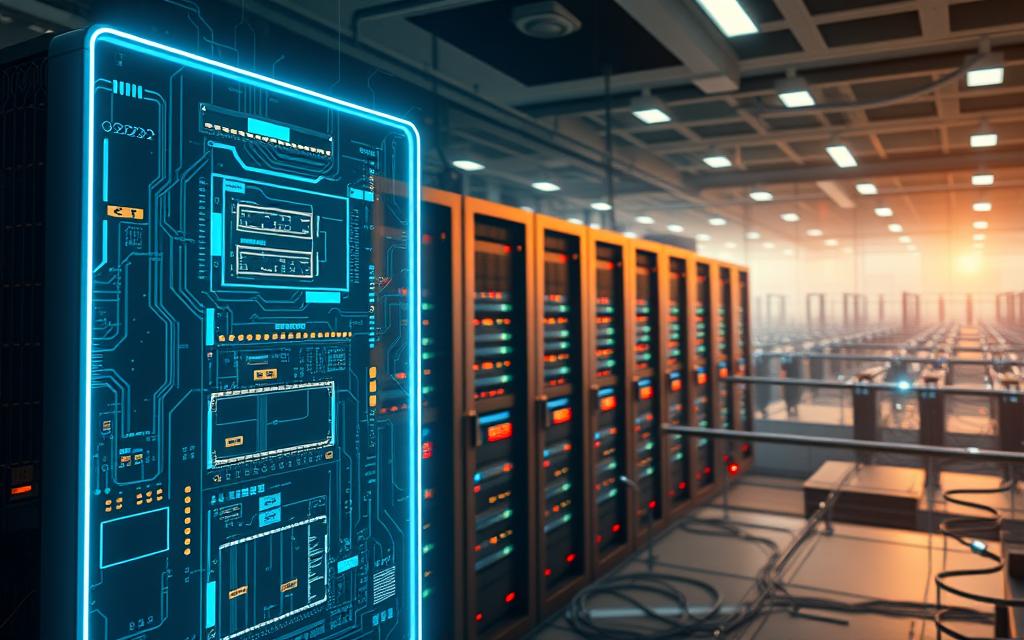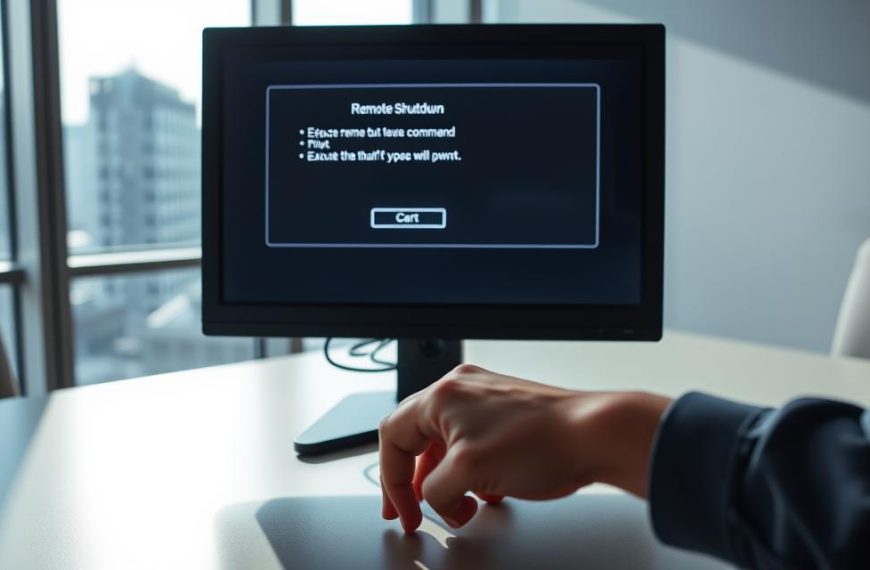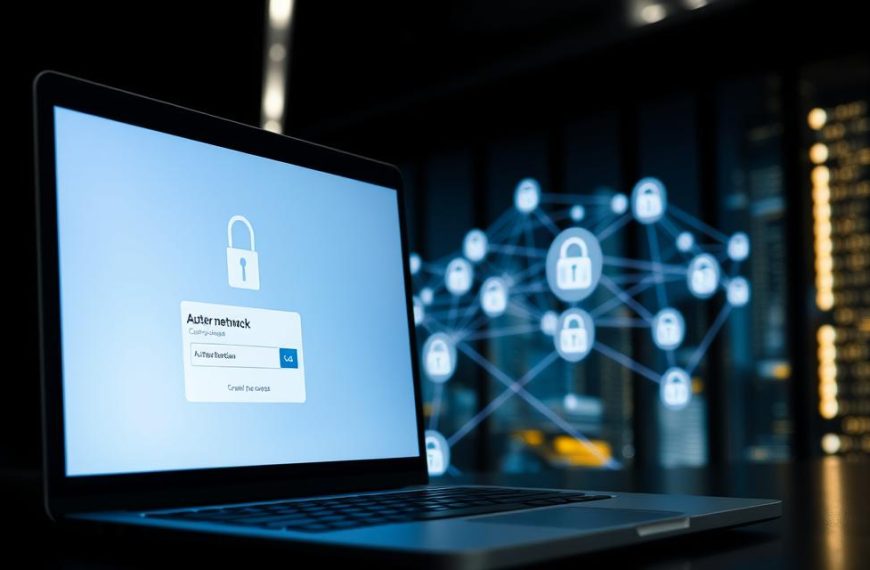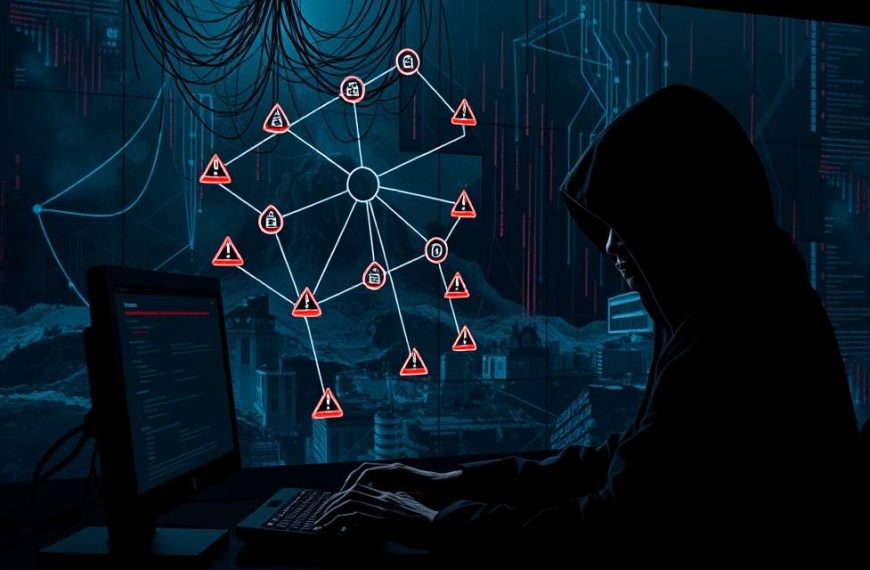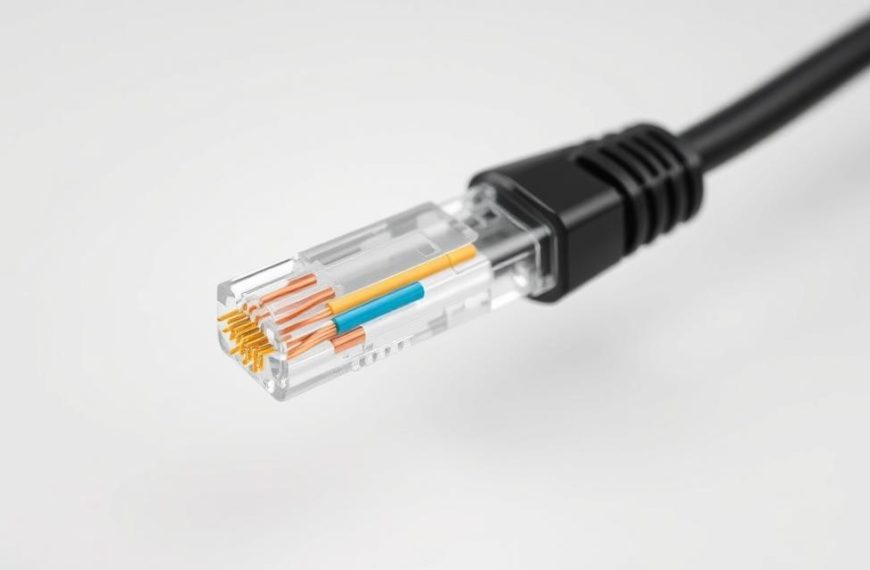In today’s world, Computer Network Defence (CND) is key to keeping governments and militaries safe. It protects vital systems from hackers and cyber attacks. This is different from regular cybersecurity, as CND focuses on strategic-level protection for top-secret networks and defence systems.
Government agencies and armed forces use top-notch cybersecurity protocols to fight off hackers. These protocols help stop attacks on communication systems and the theft of defence plans. They use real-time threat detection, encrypted data, and strong authentication.
The risks are very high in this field. A single cyber attack could harm a nation’s safety or mess up emergency services. That’s why CND strategies keep changing, using AI and behavioural analytics to fight new threats. Working with groups like GCHQ and the NSA helps make these efforts stronger.
CND focuses on preventing attacks, not just fixing them after they happen. This makes sure systems that we all rely on every day stay safe. It’s not just about technology; it’s about protecting the foundations of modern governance in our connected world.
Understanding Computer Network Defence
In today’s world, cyber threats change every day. Computer network defence (CND) is key to keeping organisations safe. It uses both proactive and reactive steps to protect digital assets from harm.
Definition and Core Objectives
CND is about protecting network infrastructure, like hardware, software, and data. Its main goals are:
- Stopping unauthorised system access
- Keeping services running smoothly
- Keeping data safe with encryption
Key Components of CND Systems
Good network protection needs network security measures that work together. Governments and companies use NIST standards to set up these systems.
Network Monitoring Tools
Tools like SolarWinds give us a clear view of network traffic. They watch data flow and alert us to odd activities, like sudden spikes in bandwidth or unknown connections.
Intrusion Detection Systems (IDS)
Tools like Snort check packets and data using known patterns. New IDS systems use machine learning and old methods to spot new threats.
Firewall Configurations
Firewalls control traffic by following rules. Good practices include:
- Filtering at the application layer
- Updating access control lists often
- Splitting networks to reduce damage
For more on these methods, check out our guide on computer network defence strategies.
Why Digital Infrastructure Protection Matters
Today, we rely on networks for everything from emergency services to banking. When these networks fail, it affects our lives, economies, and national stability. Recent attacks show how vulnerable our critical sectors are, and we need to act fast.
Critical Sectors at Risk
Healthcare Systems
The 2023 NHS ransomware attack stopped patient record access for weeks. It cost £920m to recover and delayed treatments. Hospitals are easy targets because of old software and the need to focus on patient care over ransomware prevention.
Financial Institutions
Banks handle $9 trillion daily in transactions, attracting hackers. A breach can lead to fraud alerts, fines, and lost trust. Now, banks spend 23% of their security budget allocation on monitoring transactions in real-time, McKinsey reports.
National Security Networks
State-backed hackers target defence communication systems. IBM’s 2023 report shows 38% of government system attacks use phishing to steal credentials. This highlights the need for security in critical infrastructure.
Economic Consequences of Breaches
Cyberattacks cost businesses $4.45m on average. But indirect losses like stock value drops and lost customers can triple this. Here’s how different sectors are affected:
| Sector | Average Breach Cost | Recovery Time |
|---|---|---|
| Healthcare | $10.93m | 287 days |
| Finance | $5.97m | 233 days |
| Government | $2.07m | 221 days |
Long-term damage to reputation is severe. 54% of consumers leave after data leaks, Forrester Research found. This shows why we must fight cyber threats to keep our organisations alive.
Common Cyber Threats and Attack Vectors
Today’s cybercriminals use clever tricks to find weak spots in digital systems. It’s key for companies to know these threats to protect themselves.
Malware and Ransomware Attacks
The Conti ransomware group shows how cyber threats are getting smarter. They use double extortion tactics to get money from victims. They encrypt data and threaten to share private info online.
Delivery Methods
Here are some ways attacks spread:
- Malicious email attachments that look like invoices
- Software updates that are actually bad
- Exploit kits that find and use unpatched bugs
- Use endpoint protection that watches for unusual behaviour
- Make sure emails are real with strict checks (DMARC, SPF)
- Keep encrypted backups off the internet and check them every week
Phishing and Social Engineering
APT29’s attacks show how smart hackers use threat intelligence and tricks. They send fake emails that look like they’re from inside the company.
To fight back, try these:
- Practice phishing tests to train staff
- Use AI to filter emails
- Make sure everyone uses multi-factor authentication
“Phishing is the main way hackers get in, with 80% of breaches coming from it. Attackers are getting better fast, but many companies can’t keep up.”
The CISA’s Shields Up initiative offers tips to protect yourself. It stresses the importance of checking for vulnerabilities often and sharing threat intelligence in real-time.
Implementing Effective Defence Strategies
Today, fighting cyber threats is more than just firewalls. It’s about combining prevention, detection, and quick action. This part shows how security leaders, like Rogue Logics, use these strategies in government projects.
Adopting a Multi-Layered Security Model
The layered security approach is simple: expect breaches and build strong defences. QualySec’s tests show this method cuts down threat success by 68% in key areas.
Perimeter Defences
Today’s boundary protections have three main parts:
- Next-gen firewalls with intrusion prevention systems
- Secure web gateways filtering out bad content
- DNS filtering stopping access to known threats
Endpoint Protection
With more people working from home, endpoint solutions are key. They make a big difference:
| Feature | CrowdStrike Falcon | Microsoft Defender |
|---|---|---|
| Behaviour analysis | AI-powered threat hunting | Machine learning detection |
| Deployment | Cloud-native architecture | Integrated Windows solution |
| Pricing model | Per-device subscription | Bundled with Microsoft 365 |
Real-Time Vigilance Through Shared Intelligence
Rogue Logics’ Zero Trust for defence shows how continuous monitoring works:
- Use network traffic analysis tools
- Integrate threat feeds from MISP platforms
- Do hourly vulnerability scans
Teams sharing threat info get 40% faster response times, says NATO’s 2023 report. This teamwork turns individual tips into strong defence against new threats.
“Threat intelligence without action is just data – the real value comes from operationalising it across your security stack.”
Conclusion
Computer network defence is more important than ever as digital threats grow. Organisations now face threats from quantum computing that can get past old security measures. Using top-notch security, like what governments use, helps keep businesses safe from advanced attacks.
The UK’s National Cyber Security Centre (NCSC) has a Cyber Essentials framework. It gives businesses clear steps to improve their security. By following these steps, companies can protect their emails, access controls, and software updates better.
Working together between the public and private sectors speeds up finding new ways to fight threats. Agencies like CISA share information with companies to spot new attack methods. This teamwork is key in fighting ransomware attacks on healthcare and energy.
Keeping up with the latest defence strategies is essential. Regular tests, zero-trust systems, and AI help build strong defences. Training employees also plays a big role in stopping phishing attacks.
Good cybersecurity plans need to look ahead as well as protect now. As encryption gets stronger against quantum threats, using new algorithms early is a big advantage. Seeing defence as an ongoing effort, not just a one-time thing, is key to success.

